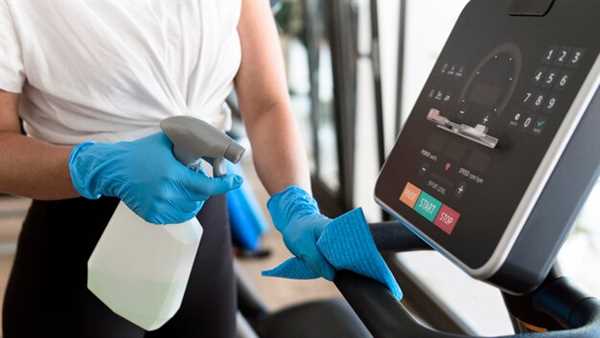
Regular inspection of components is paramount. Check optics for cracks or fogging, and clean lenses with a microfiber cloth to prevent scratches. Any damage detected should prompt immediate repair or replacement of affected parts.
Store night vision devices in a climate-controlled environment, away from extreme temperatures and humidity, which can degrade performance. Utilize padded cases to protect against physical shocks and ensure that the gear is stored in an upright position to safeguard delicate components.
Routine battery checks play a critical role in maintaining functionality. Replace batteries regularly and use high-quality brands to ensure consistent power delivery. Always keep spare batteries on hand to avoid unexpected downtime during crucial operations.
Calibration is another key element; perform it according to manufacturer recommendations to maintain optimal performance. Regularly review user manuals and guidelines to stay informed about any additional specifications or updates regarding the gear’s upkeep.
Furthermore, avoid exposing equipment to direct sunlight for prolonged periods. Excessive heat can damage internal mechanisms and degrade the material quality. Additionally, using lens covers when not in use will safeguard against dust accumulation and prevent potential scratches.
Routine software updates may also be necessary for digital NVGs. Ensure that the firmware is current to benefit from performance enhancements and improved functionality.
Cleansing Procedures for NVG Lenses and Components

Utilize a microfiber cloth specifically designed for optical surfaces. Gently wipe the lenses in a circular motion, avoiding excessive pressure to prevent scratching.
For stubborn smudges, apply a small amount of lens cleaner formulated for night vision gear or a 70% isopropyl alcohol solution. Damp the cloth lightly, ensuring no excess liquid drips onto the device.
To clean housing or frames, use a soft, lint-free cloth. If necessary, a mild soap diluted in water can be applied, followed by thorough drying with another clean cloth.
Inspect the components regularly for dust or debris. Use a soft brush or compressed air to dislodge particles without making contact with sensitive areas.
End each session by storing equipment in a protective case to prevent environmental exposure, which can lead to dirt accumulation or potential damage.
Proper Storage Techniques to Prevent Damage

Store NVG gear in a hard case, ensuring it is molded to fit the shape of the equipment. This prevents movement during transport and protects against impacts.
Control humidity levels by using silica gel packs within the storage case. This minimizes moisture accumulation, which can lead to internal corrosion or mold development.
Avoid direct sunlight exposure by keeping items in a shaded area. UV rays can degrade materials over time, diminishing the operational lifespan of sensitive components.
Maintain a stable temperature environment. Extreme heat or cold can warp materials, affecting performance. Aim for a climate-controlled space when possible.
Before storing, clean the gear thoroughly. Use lens cleaning solutions and a soft cloth to avoid scratches. Residual dirt or oils can lead to long-term deterioration if left unaddressed.
Remove batteries before storage. Corrosion from leaking batteries can damage internal circuits, rendering devices unusable.
Utilize padding within storage cases to provide additional cushioning. Foam inserts can help absorb shocks and prevent rattling during transport.
Organize equipment systematically to ensure easy access and prevent unnecessary handling, which can lead to wear over time.
Periodically inspect stored gear for any signs of damage or wear. Early detection can help address issues before they escalate, safeguarding your investment.
Routine Inspection and Maintenance Schedules
Perform visual assessments weekly. Check for scratches, dirt, or any signs of damage on lens surfaces. Inspect the housing for cracks or loose components. Ensure all connections are secure and free from corrosion.
Monthly evaluations should include an operational test. Power up the device to confirm functionality. Inspect the battery compartment; clean contacts with isopropyl alcohol if oxidation appears.
Quarterly, execute a comprehensive review. Disassemble the gear for deeper cleaning. Utilize soft brushes for debris removal and compressed air for internal components, ensuring no moisture remains.
Semi-annually, replace batteries to avoid leakage and damage. Check calibration settings, adjusting as necessary to maintain optical clarity. Document any changes in performance and address them immediately.
Consider an annual service by a certified professional. They can conduct thorough checks that may not be possible during self-inspections, ensuring the lifespan of the device remains optimal.